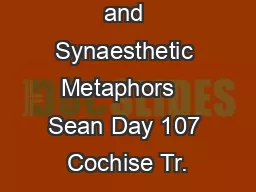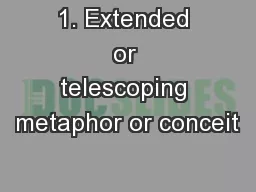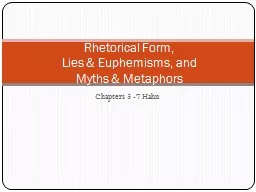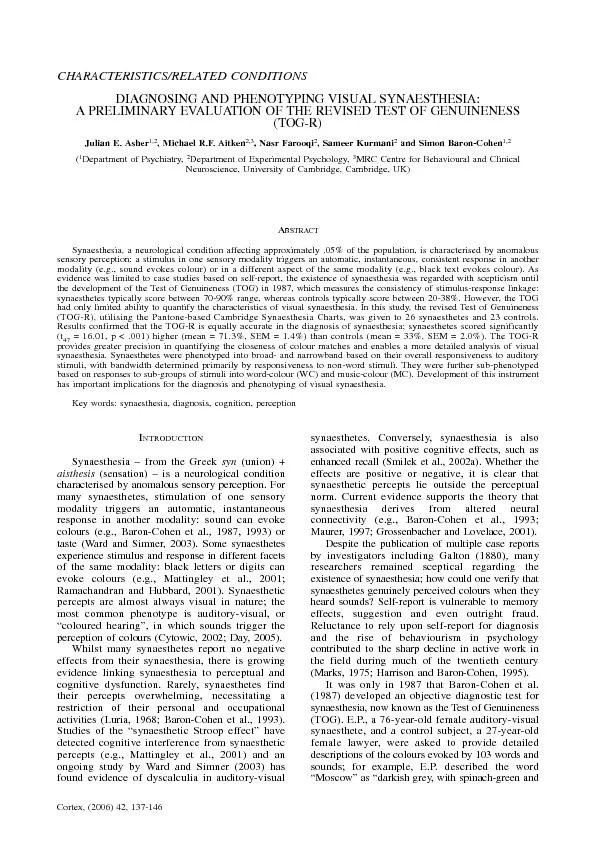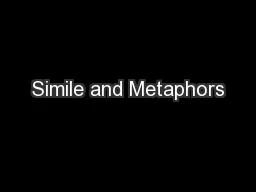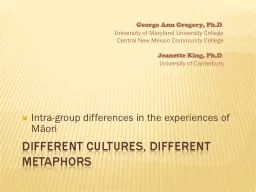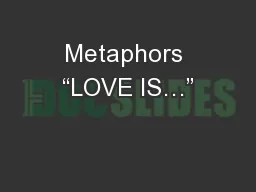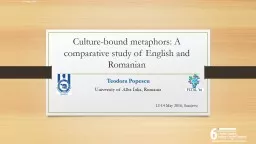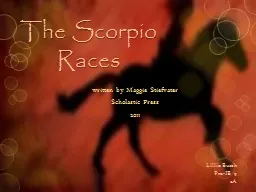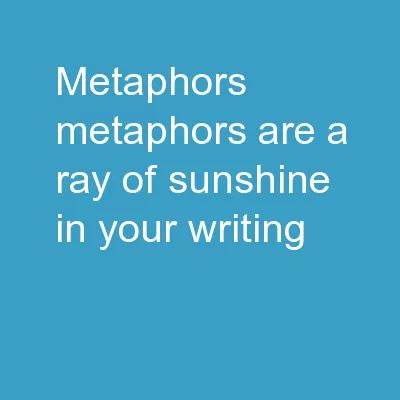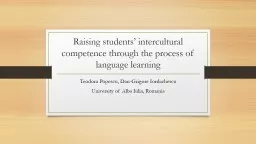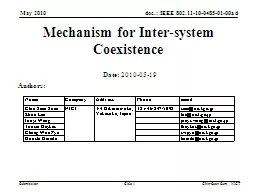PDF-Synaesthesia and Synaesthetic Metaphors Sean Day 107 Cochise Tr. #30
Author : luanne-stotts | Published Date : 2017-02-10
daysaomniccpurdueedu Copyright c Sean Day 1996 httppsychecsmonasheduauv2psyche232dayhtml KEYWORDS synesthesia metaphor language cognition perception senses semiotics
Presentation Embed Code
Download Presentation
Download Presentation The PPT/PDF document "Synaesthesia and Synaesthetic Metaphors ..." is the property of its rightful owner. Permission is granted to download and print the materials on this website for personal, non-commercial use only, and to display it on your personal computer provided you do not modify the materials and that you retain all copyright notices contained in the materials. By downloading content from our website, you accept the terms of this agreement.
Synaesthesia and Synaesthetic Metaphors Sean Day 107 Cochise Tr. #30: Transcript
Download Rules Of Document
"Synaesthesia and Synaesthetic Metaphors Sean Day 107 Cochise Tr. #30"The content belongs to its owner. You may download and print it for personal use, without modification, and keep all copyright notices. By downloading, you agree to these terms.
Related Documents

